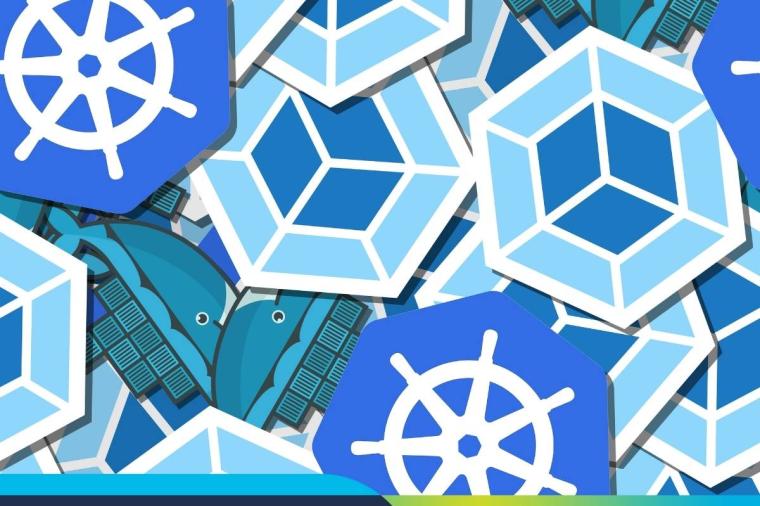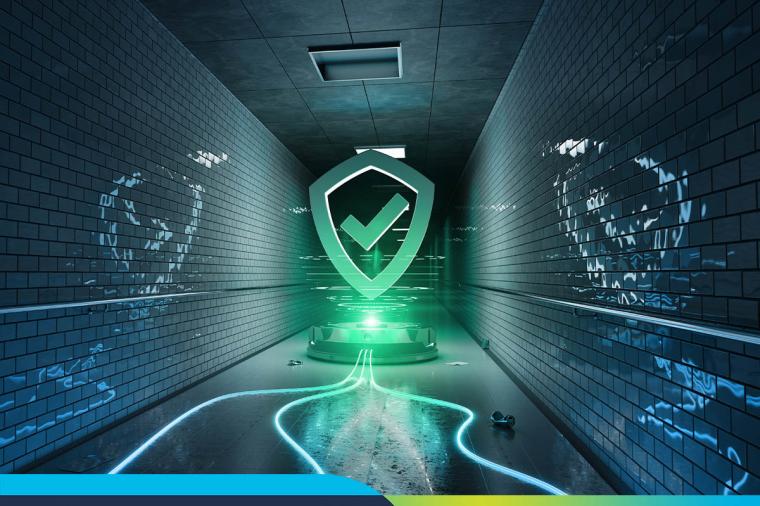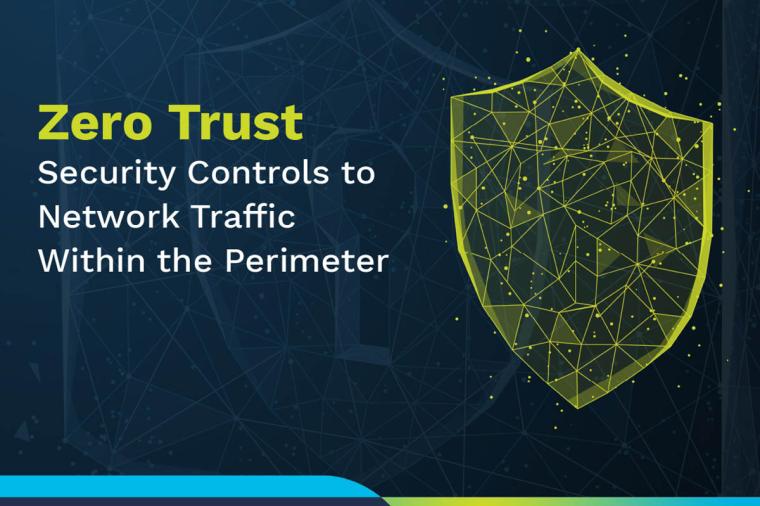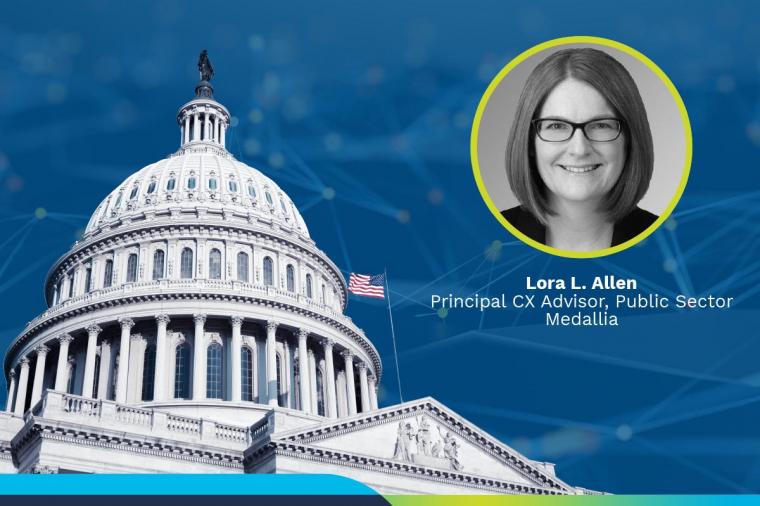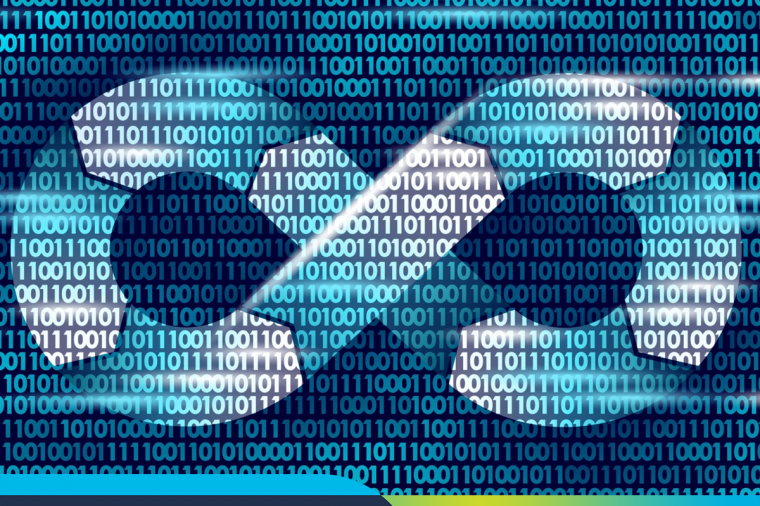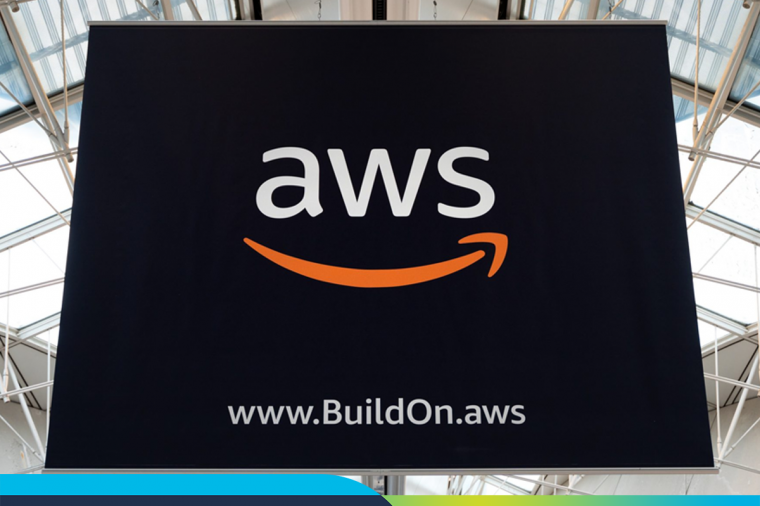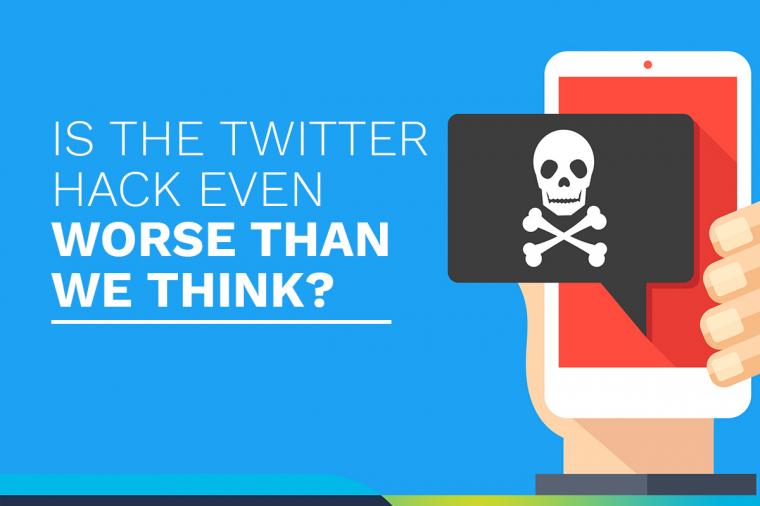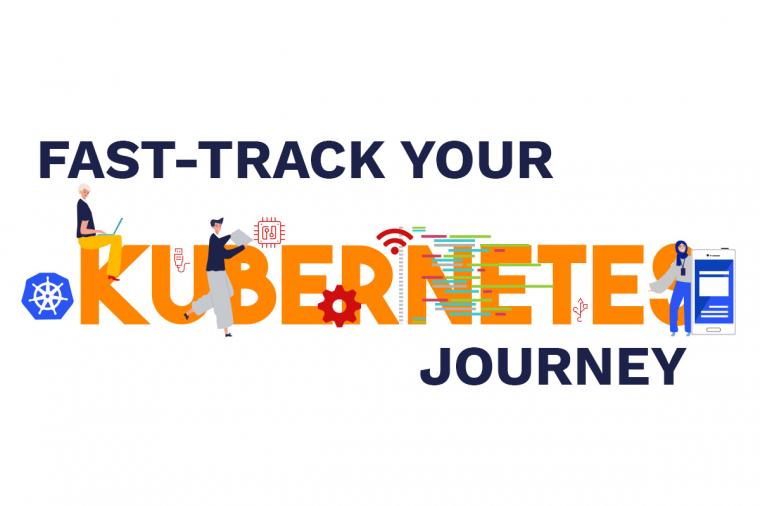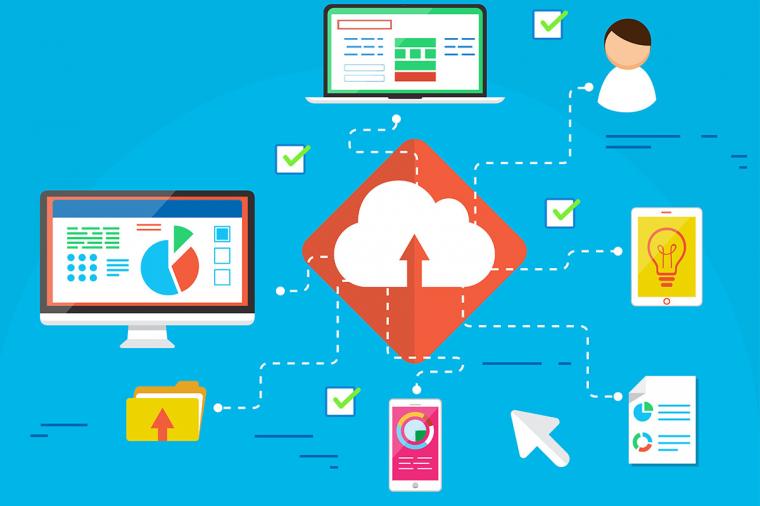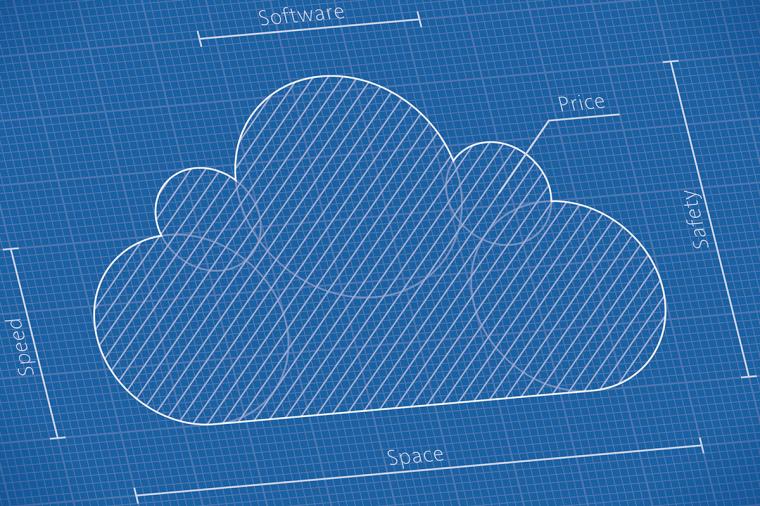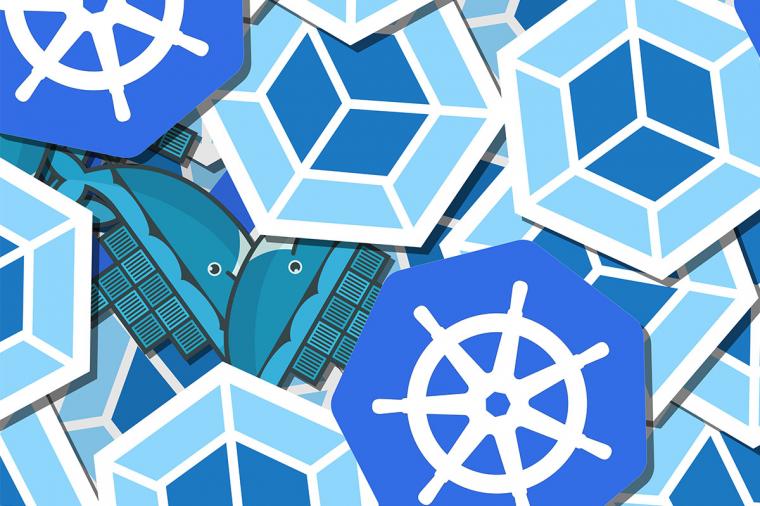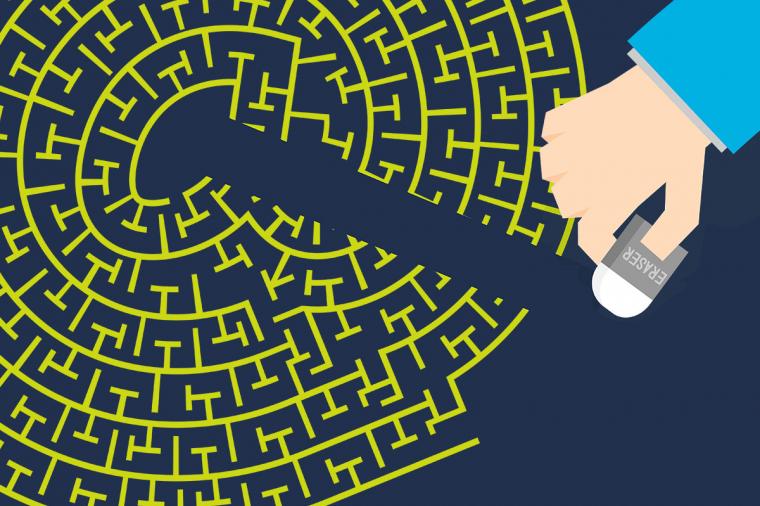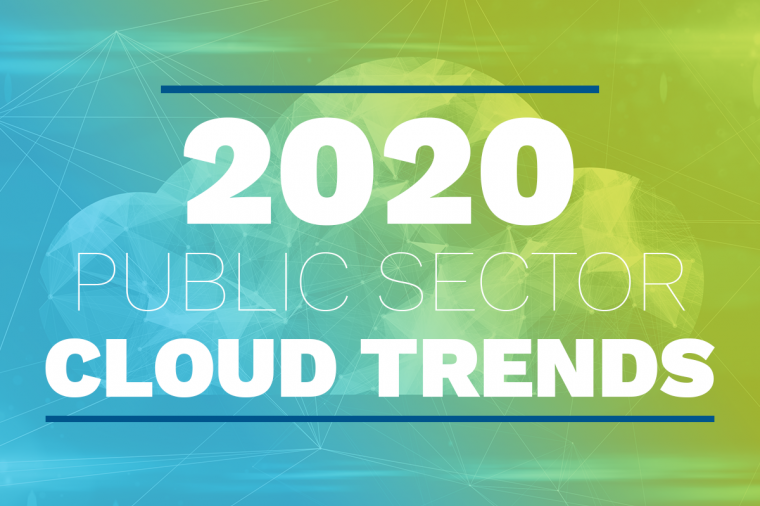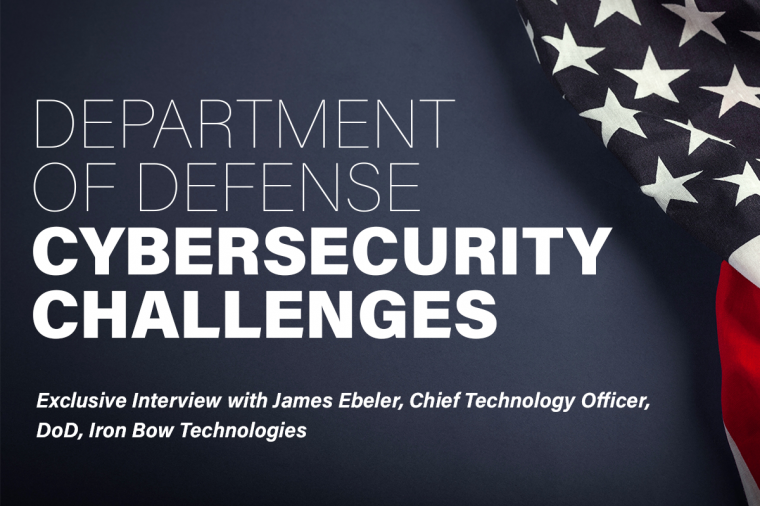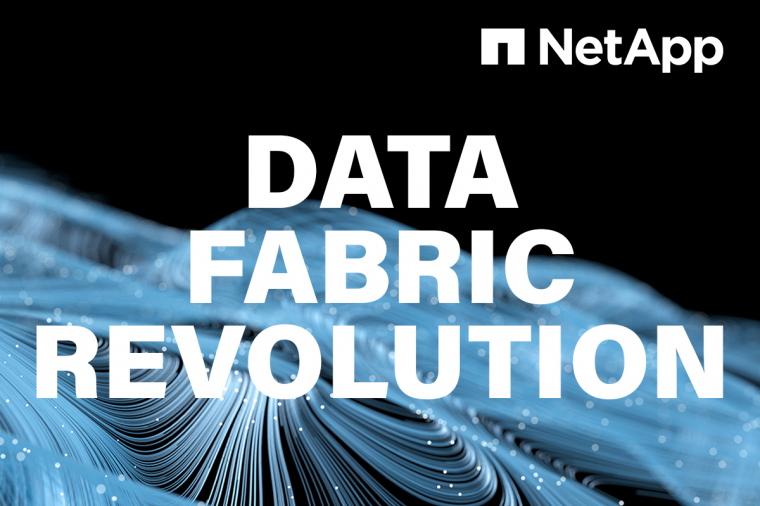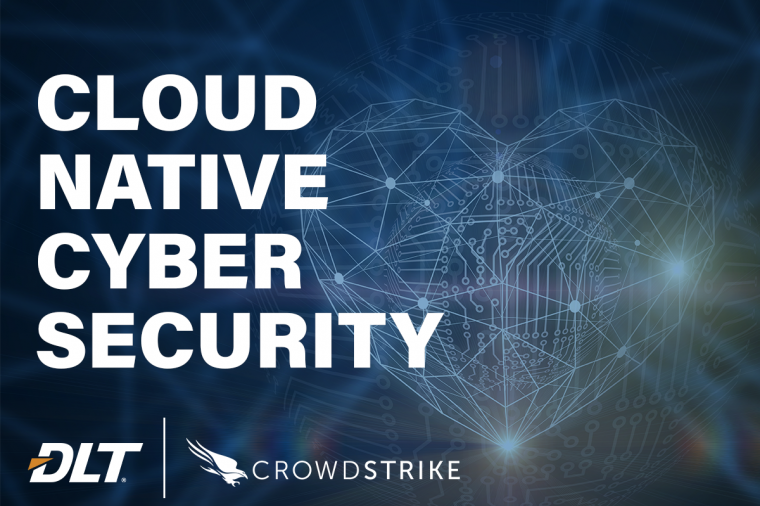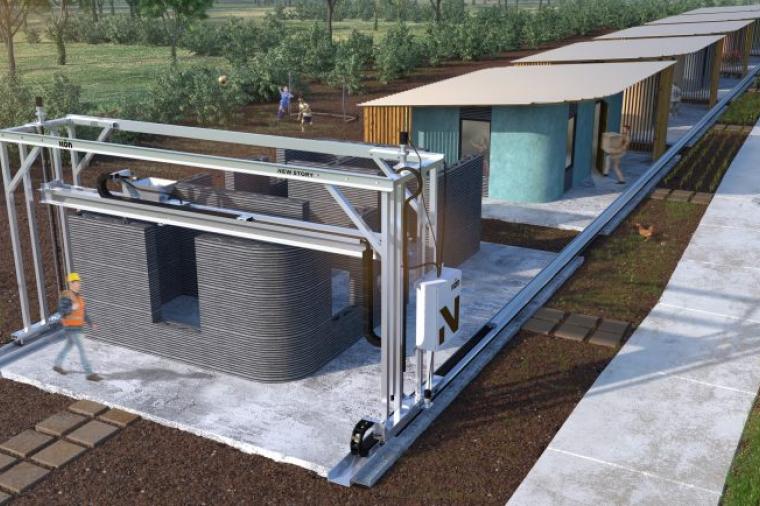Application Lifecycle
Kubernetes was originally designed to support workload consolidation in a single cluster. However, there are many problem scenarios that require a multi-cluster approach to optimize performance and results. These can include workloads across regions, limiting outage blast radius, compliance issues, hard multitenancy, security, and specialized solutions.
Cybersecurity
There are a variety of excellent reasons to use containers. They're more agile and consume fewer resources than virtual machines. They provide more flexibility and security than running applications directly on the OS. They are easy to orchestrate at massive scale using platforms like Kubernetes.
Business Applications, Cloud Computing
Assuring the best digital employee experience is now a business imperative.
Cybersecurity
This time last year, the CrowdStrike Falcon OverWatch™ reported on mounting cyber threats facing organizations as they raced to adopt work-from-home practices and adapt to constraints imposed by the rapidly escalating COVID-19 crisis. Unfortunately, the 12 months that followed have offered little in the way of reprieve for defenders. The past year has been marked by some of the most significant and widespread cyberattacks the world has seen.
Cybersecurity
Zero Trust is an approach to network security which assumes that just because something is on your network, doesn’t necessarily mean it is trustworthy. Zero Trust allows organizations to apply security controls to network traffic within the perimeter, not just at the edge.
Big Data & Analytics
DLT’s Chief Data Scientist, Sherry Bennett, recently sat down recently with Lora L. Allen, Medallia’s Public Sector Principal CX Advisor and discussed her service in the public sector, Lora’s role at Medallia helping educate and advise government agencies that are tackling CX challenges, and more.
Q: Prior to joining Medallia, you spent your entire career in public service, can you kindly tell me how your service has shaped and informed your current focus on customer experience?
Big Data & Analytics
State governments want their software to be secure, compliant and designed for the 21st century. As such, many state governments are evaluating their current ERP platforms to determine how to modernize financials, procurement, human capital management, and payroll applications.
While some have pursued modernization by embarking on multi-tenant cloud journeys, most organizations are still in the planning phase.
Big Data & Analytics
In today’s volatile and disruptive economic environment, CFOs and Finance organizations must lead organizational decision-making processes with insight, speed and confidence. Yet many Finance organizations are still bogged down by inefficiencies in routine processes within the period-end financial close and reporting cycle. And that makes it difficult to shift time to value-added analysis and decision support.
Big Data & Analytics
The notion of Data Analytics has been in existence for a very long time. Everyone understood data and analytics as essential to “someone” within the organization, but somehow at a distance. In the best case, the technology team would provide a user with the requested data as a means of assessing success and forecasting the future needs of the organization.
DevSecOps
Last month, ICIT sponsored an online panel discussion featuring a number of application development and cybersecurity experts from across industry, the federal government, and the Department of Defense. This panel discussion focused on two new security vectors that have arisen as application development practices and technologies have evolved – infrastructure as code (IaC) and APIs.
DevSecOps
Article originally posted by the GovDevSecOpsHub here.
Today’s Application Security (AppSec) measures focus on protecting web applications. These measures include methods of preventing data or code within the application from being compromised or hijacked. AppSec is an essential part of the Software Development Life Cycle (SDLC) and ensuring that applications are secured must be a top priority in today’s ever-evolving and expanding digital landscape.
Cybersecurity, DevSecOps
Article originally posted to the GovDevSecOpsHub here.
When in-person processes became impossible during the pandemic, the extent to which public sector services relied on them became apparent. Town halls, municipal offices, schools, and colleges were forced to close their doors to the public, and the need to provide digital alternatives to citizen services so that constituents could continue to access them became clear.
Cloud, DevSecOps
Article originally posted to the GovDevSecOpsHub here.
Big Data & Analytics
Article by Rick F. van der Lans
Cybersecurity
Article by James Hofsiss, CISSP, DLT and Asad Zaman, Sales Engineer III, DLT
Application Lifecycle
Article originally posted to the GovDevSecOpsHub here.
Application Lifecycle
Cloud native is transforming how the public sector builds and runs applications bringing agility, flexibility, scalability, and decreased downtime and cost. The de facto foundation of cloud native application development is Kubernetes. But getting started with Kubernetes isn’t as simple as it appears. While it’s relatively uncomplicated to spin up a cluster in the cloud, getting from there to production is a bit more daunting.
Cloud Computing
Before reading this month's Thought Light interview, we invite you to read about BMC's multi/hybrid cloud initiatives for federal government, click here.
What is BMC and how does it help the public sector?
Digital Design
Another release of Civil 3D just became available, just as you probably finished installing the latest 2020 “fix.” That was somewhat sarcastic, but I do some see much needed improvements to Autodesk Civil 3D 2021 and all other 2021 products. But we can’t just look at what’s new in our hero product, but all other complimentary products as well, so I will briefly mention a few of those.
Civil 3D Version Interoperability
Digital Design
A new version of AutoCAD is now available.
IT Infrastructure
Working from home is not for everyone. A lack of space, dodgy internet connections, distractions, can all make for an unproductive experience. Employers are struggling too. Few organizations are fully ready to support a remote workforce. Providing employees with laptops and a VPN connection doesn’t go far enough. Yet, organizations, particularly those in the public sector, have traditionally failed to put plans in place to expand their remote employee management infrastructure.
IT Infrastructure
Software-as-a-service (SaaS) adoption is growing in government. Today, a majority of agencies use SaaS applications such as Microsoft Office 365 and Google Cloud G Suite for at least 30% of their mission-critical resources. Yet confusion still reigns around about the data protection in the cloud.
Cloud Computing, DevSecOps, IT Infrastructure
Cloud governance shouldn’t be an afterthought. Indeed, it should be a foundational element of any cloud security strategy. Why? Because the cloud is enormous – it’s software, hardware, developer tools and platforms, and more. All delivered by a host of vendors.
Cybersecurity
With the designation of the COVID-19 disease as a global pandemic hotly followed by a declaration of a national emergency by President Trump, the American way of life shifted dramatically – with the home office becoming a new reality for millions.
Unfortunately, the rise in the global remote workforce puts more pressure on IT teams, network architectures, and even equipment. But there are also very real cybersecurity challenges to consider.
Application Lifecycle, DevSecOps
Kubernetes has emerged as the de-facto platform of choice for implementing containerized microservices and accelerating cloud migration. It saves time, is cost-effective, and can run in the cloud or on-premises. No wonder adoption is skyrocketing. In 2019 Kubernetes usage grew almost 50% in the span of just six months.
DevSecOps, Open Source
You say “DevOps”, I say “what about DevSecOps?”. But neither exists in a silo. If you’re taking advantage of DevOps tools and methods, you need to integrate DevSecOps into the mix. In other words, IT security must play an integrated role in the full lifecycle of your apps.
But what is DevSecOps? For this, we turn to DLT partner, Red Hat, who has put together a user-friendly guide to DevSecOps.
IT Infrastructure
By Brandon Shopp, VP of Product Strategy, SolarWinds
Software-defined networking (SDN) offers the promise of improved security, more automation, increased flexibility, and significantly fewer hardware dependencies. Though SDN also offers enhanced management and monitoring capabilities, understanding how to monitor this type of network will be critical to a successful implementation.
Cloud, Cloud Computing
It has been 10 years since the U.S. government began warming to cloud computing, beginning with the federal Cloud First initiative in 2010 leading to today’s Cloud Smart strategy – a game plan for bringing processes and applications into a new hardware environment.But to take advantage full advantage of a cloud-driven ecosystem, the government must have more than just a cloud strategy. Agencies also need a data strategy.What is a cloud data strategy?
Big Data, Big Data & Analytics
Is data the new bacon? The world’s most valuable resource? That fuel that powers the digital enterprise?
The most successful companies in the world – Google, Facebook, Amazon, Netflix, etc. – use data to drive business strategies. Being insight-driven isn’t just the domain of consumer tech. Government agencies rely on data to make informed and quick decision making, enhance productivity, improve transparency and build trust with citizens, eliminate fraud and abuse, reduce crime and security threats, and more.
IT Perspective
SolarWinds (NYSE:SWI), a leading provider of powerful and affordable IT management software, today announced that the SolarWinds® Orion® Suite for Federal Government v4.0 is undergoing evaluation for Common Criteria to Evaluation Assurance Level (EAL) 2+ under the Netherlands Scheme for Certification in the Area of IT Security (NSCIB).
Cloud
Hot off the heels of last week’s Amazon Web Services re:Invent conference, we sat down with DLT’s Chief Technology Officer, David Blankenhorn, to discuss the current state of the Cloud and what drivers will fuel more innovation and adoption for the U.S. public sector in 2020.
There have been a few big agenda items for the cloud community to digest this year – what is the current state of U.S. public sector cloud adoption and usage?
Internet of Things
By Mav Turner, Group Vice President, Products, MSP, SolarWinds
Government networks—like nearly all networks—are growing larger, more complex, and more distributed. As you can imagine, this growth and complexity make these networks much more difficult to manage.
Cybersecurity
By Brandon Shopp, VP, Product Strategy, SolarWinds
Is unnecessary complexity making Office 365 monitoring a headache for your agency? A new presidential mandate requires federal agencies to “transform and modernize” their IT systems, with the goal of creating a more streamlined, cost-efficient, and secure IT environment.
Uncategorized
By Mav Turner, VP, Product Management, SolarWinds
For federal IT pros, moving to a cloud environment is a “when” rather than an “if” proposition. From the government’s recently released Report on IT Modernization, calling for agencies to identify solutions to current barriers regarding agency cloud adoption, to the White House’s draft release of a new “Cloud Smart” policy, which updates the “Cloud First” policy introduced in 2010; cloud migration continues to be a priority.
Cybersecurity
This is a repost of a blog originally posted to GovLoop here.
This blog post is an excerpt from our new report, How Artificial Intelligence Combats Fraud and Cyberattack, download the full report here.
Cybersecurity
*Article written by Jim Hansen, VP of Products, Security and Application Management
Cybersecurity
This month, DLT sat down with James Ebeler, the Chief Technology Officer, Department of Defense, for Iron Bow Technologies. In this interview, James discusses the cybersecurity challenges facing our military and how Iron Bow is helping solve them with innovative solutions.
DLT: Good morning, James. Thanks for joining us today for this interview.
James: Good morning, happy to be here.
DLT: Fantastic, let’s dive right in. First, can you tell us about your role at Iron Bow Technologies?
Cybersecurity
*Article originally posted on GovCybersecurityHub here.
IT Perspective
It’s the most wonderful time of the year…as the song goes and that is also true of the U.S. Federal IT market right now. The month of September marks the end of the fiscal year and the beginning of the federal government’s annual spending frenzy. Federal agencies scramble to spend what’s left in their budgets, in fear that leaving excess funds will prompt Congress to send less in the following year. We call it “use it or lose it” spending, and it happens every year.
Data & Storage, Infrastructure
DLT Solutions recently sat down with NetApp Senior Director of U.S. Public Sector Channel Sales, David Drahozal, to discuss the recent revolution of NetApp's data fabric solutions.
DLT: So David, tell us a little about what you do at NetApp.
David: For over a decade, I’ve had the privilege of leading the US Public Sector channel here at NetApp. Its been a real exciting time as we have evolved from a NAS company to a leader in the consolidated virtualized data center, to today being a leader in hybrid cloud capabilities.
Cybersecurity, IT Perspective
Every Federal IT pro knows that security threats are a top agency priority. Yet, according to the SolarWinds 2019 Cybersecurity Survey, those threats are increasing—particularly the threat of accidental data exposure from people inside the agency.
Cybersecurity
Capital One has announced that about 140,000 Social Security numbers and 80,000 linked bank accounts were compromised “in one of the biggest-ever data breaches,” affecting some 100 million individuals in the U.S. and 6 million in Canada.
Cybersecurity, Healthcare
More and more organizations are making the move to cloud-based security solutions. Today, 33 percent of organizations are planning to adopt one or more security-as-a-service (SECaaS) solutions. The efficiency with which endpoint security solutions can provide protection, particularly when delivered as-a-service, is a key strategic consideration for many organizations – perhaps none more so than America’s network of medical schools and teaching hospitals.
Business Applications
If your agency has already implemented some form of application security, you’re already ahead of the curve. But your program may still have room for improvement.
To help you take your application security (AppSec) program to the next level, we’ve put together this list of best practices from DLT partner, Veracode.
1. Shift Left
IT Perspective
DLT Solutions recently sat down with Red Hat Chief Technologist, North America Public Sector, David Egts, to discuss the recent release of Red Hat OpenShift.
DLT: So David, tell us a little about what you do at Red Hat.
Infrastructure, IT Perspective
A vast majority of government networks are driven by Microsoft products, from Office 365 to the Azure cloud platform. It should come as no surprise, then, that more and more agencies are looking for tools to monitor Microsoft systems more effectively—all through a single pane of glass.
The good news is there are ways to make the most of existing Microsoft technology with complementary monitoring strategies that will meet the needs of the federal IT operations security teams, SysAdmins, DevOps pros, and managers.
Cloud Computing
The AWS Public Sector Summit is just around the corner. Part of a global series of summits, this year’s event in Washington, D.C. brings the public sector cloud community together to connect, collaborate, and learn about AWS. DLT will be exhibiting at the Summit this year with its technology vendors including AWS, Crowdstrike, NetApp, Quest, and more in booth #800.
IT Perspective
Bringing government-ready solutions that solve the unique needs of the government in addition to having superior public sector expertise is our bread and butter. But DLT is also a powerhouse government distributor and a vital part of the government marketing ecosystem.
But what does that mean for OEMs and IT companies seeking to break into or grow their public sector market footprint?
Buildings, Business Applications
Over 900 million people around the globe live in sub-adequate housing that lacks necessary sanitation and water. By 2025, that number is expected to grow to 1.6 billion – a fifth of the world’s total population.
Uncategorized
Earlier this year DLT announced they were selected as the “Master Government Aggregator”
